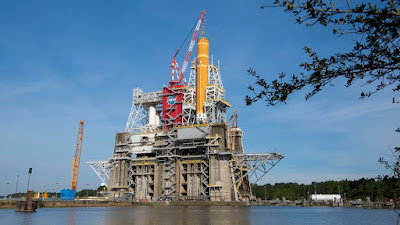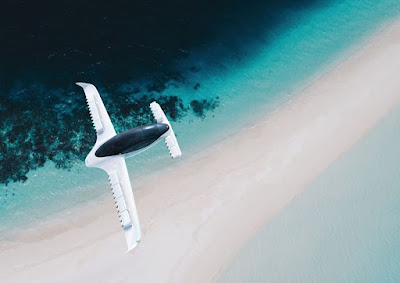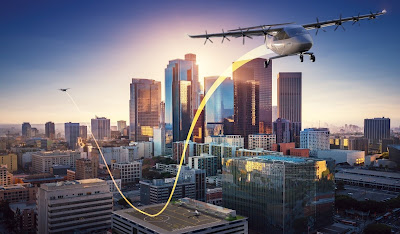NASA Developing E-Planes For Travel

New NASA e-Plane May Fly This Year Source: NASA Green Skies with the X-57 Maxwell NASA is spearheading a major transformation of the airline industry to electric power. NASA's experimental plane, the X-57 Maxwell, is powered solely by electricity. Maxwell is a member of NASA's distinguished tradition of X Planes, which are experimental. NASA expects to fly it this year to prove that Maxwell's unique electric technology works. NASA converted a gas powered Italian Tecnam P2006T into the electric powered Maxwell. The e-plane is a two-seater. First flight is expected in late summer 2022. Unique Aviation Technology According to NASA, the aircraft's unique electric propulsion system allows the aircraft designers to develop new functionalities and much greater efficiency for the new plane. Maxwell has no fuel tanks. It uses rechargeable lithium-ion batteries to power the el











